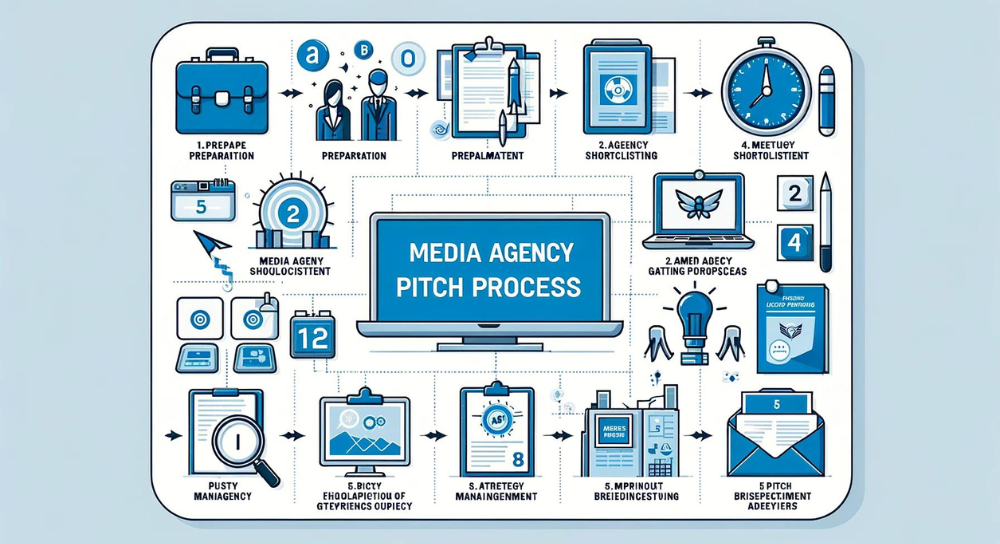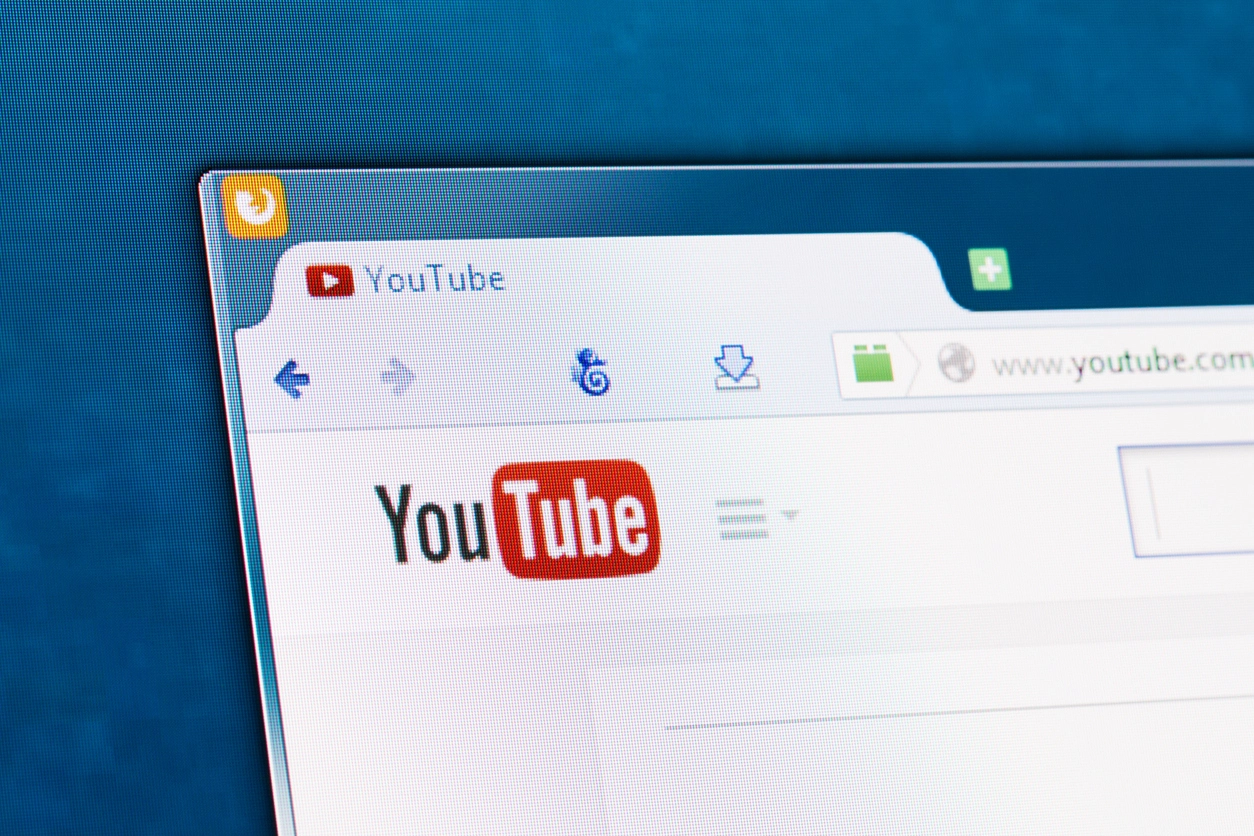Gone are the days when media agencies would eagerly jump on every opportunity for new business. In the wake of the Covid pandemic, there was an overwhelming flood of media agency pitches, leaving media agencies struggling to handle them all. They often cited a lack of resources or the need to prioritize existing client work. It became clear that they couldn't participate in every opportunity, so they had to carefully choose which ones to pursue. The quality of the Request for Proposal (RFP) played a significant role in this decision-making process.
Occasionally, I come across poorly crafted RFPs from advertisers in need of assistance, and I am consistently amazed at the low quality of some of these RFPs. It's no wonder that many agencies choose not to participate. If I were in their shoes, I would do the same. These subpar RFPs fail to inspire confidence in the advertisers' competence. One can only imagine the quality of their media agency briefs if their RFPs are lacking.
Therefore, if you are currently seeking a new media agency and aspire to find a partner who will contribute to your brand's growth and success, it is essential to ensure that your Request for Proposal (RFP) reflects the utmost professionalism and incorporates the best practices that media agencies anticipate. This article is dedicated to providing you with all the necessary elements to craft an outstanding RFP that will attract top-tier media agencies in your market.
What is a Request For Proposal (RFP)?
An RFP, short for Request for Proposal, is a formal document that a company issues to solicit proposals from potential suppliers, specifically media agencies in this case. It serves as a means to outline the company's media needs, expectations, and criteria for selecting an agency.
By utilising the RFP process, a transparent and competitive environment is created where agencies can showcase their capabilities. As an advertiser, this allows you to gather all the necessary information to make an informed decision.
Why the Quality of the RFP Matters?
The quality of your RFP directly influences the quality of responses from media agencies. A well-structured RFP ensures that agencies understand your needs, goals, and evaluation criteria, leading to more tailored and effective proposals. It’s a reflection of your brand's professionalism and sets the tone for the level of detail and rigour you expect from your media agency partners.
Structure of the Perfect RFP
Crafting a top-notch Request For Proposal (RFP) is no easy feat, but it is an essential skill to master. A well-crafted RFP can greatly increase your chances of finding a media agency that will truly have your best interests at heart and help your brands stand out against more established competitors. If you've been scouring the web for RFP templates or seeking expert advice on how to write an effective RFP, you've come to the right place. Here is our own structure for creating the perfect RFP:
1. COVER PAGE (Template #1)
A cover page sets the stage. It should include your brand's name, RFP title, and submission date.
2. BACKGROUND INFORMATION
2.1 Current Situation
- Outline your current media landscape, challenges, and why you're seeking a new agency.
2.2 Goals & Objectives
- Define what you hope to achieve with your media spend – be it brand awareness, ROI, etc.
2.3 About Your Company and Brands
- Provide an overview of your company, its history, and the brands under its umbrella.
3. PITCH INFORMATION
3.1 Timeline (Template #2)
- Detail the RFP process timeline, from issuance to final selection.
3.2 Pitch Team
- Identify the key individuals from your side who will be involved in the pitch process.
3.3 Contact Details
- Provide a point of contact for queries and submissions.
3.4 Decision Making Process (Template #3)
- Explain how proposals will be evaluated and scored.
3.5 Meeting Dates and Times (Templates #4 and #5)
- Specify dates for initial chemistry meetings and final pitch presentations, and provide meeting agendas.
3.6 Meeting Venue
- Detail the location of meetings.
3.7 Attendees from the Advertiser Side
- List the representatives from your company who will attend the meetings.
4. SCOPE OF WORK
4.1 List of Markets in Scope
- Specify the geographical scope of your media needs.
4.2 Media Channels in Scope
- Detail the media channels (digital, print, TV, etc.) you want the new media agency to handle.
4.3 Detailed Scope of Work (Template #6)
- Provide an in-depth look at the tasks and responsibilities you expect from the agency.
4.4 Service Expectations
- Outline your expectations regarding service levels, communication, and support.
4.5 Reporting Requirements (Template #7)
- Specify your requirements for reporting formats, frequency, and metrics.
4.6 Media Budget
- Disclose the budget allocated for media spend.
5. DELIVERABLES FOR THE CHEMISTRY MEETING
5.1 Agency Proposed Team
- Agencies should introduce their proposed team members who will be working on your account.
5.2 About Your Agency
- Agencies provide an overview of their history, clients, and successes.
5.3 Q&A
- A session for open questions and answers.
6. WRITTEN SUBMISSIONS
6.1 Agency Step-by-Step Media Planning & Buying Process
- Agencies detail their approach to media planning and buying.
6.2 Agency Media Documentation
- Agencies provide their documentation/template from media plans to post campaign reports.
6.3 Agency Remuneration Proposal (Template #8)
- Agencies outline their fee structure.
6.4 Agency PRIP Value Proposal (Template #9)
- Details on the agency's Performance-Related Incentive Plan.
6.5 Agency Commitments (Template #10)
- What the agency commits to in terms of performance and service.
6.6 Agency Tools and Systems (Template #11)
- Information on the tools and systems the agency will use, and whether those are included in the base agency remuneration.
7. DELIVERABLES FOR THE PITCH PRESENTATION
7.1 Strategic Planning and Critical Thinking (Template #12)
- How the agency approaches strategic planning and problem-solving.
7.2 Campaign Performance Measurement and Optimisation
- The agency's methodologies for measuring and optimising campaign performance.
In Conclusion
Crafting an RFP is not just a procedural step; it's the foundation of a potentially long-term partnership with your future media agency. A well-structured RFP clarifies your needs and expectations, paving the way for proposals that are both insightful and aligned with your business objectives.
For access to the templates mentioned in this article, which will guide you in preparing your own RFP, please click here. Provide your details to receive a comprehensive toolkit designed to streamline your media agency selection process. Remember, the right RFP leads to the right agency, which in turn, leads to improved ROAS and minimised wastage.
--------------------------------------------------------------------------------
Author Expertise and Experience:
Philippe Dominois is co-founder and CEO of Abintus Consulting, and Head Coach at the Abintus Academy. He has over 25 years of international media experience, having worked on the media agency side, client side, and media auditing side throughout his career. Philippe has authored hundreds of articles over the years that focus on media management best practices.
Media Auditing Guide: Click Here
Media Agency Pitch Management Guide: Click Here
Free Media Agency Contract Assessment: Click Here
Free Media Management Training for Advertisers: Click Here



